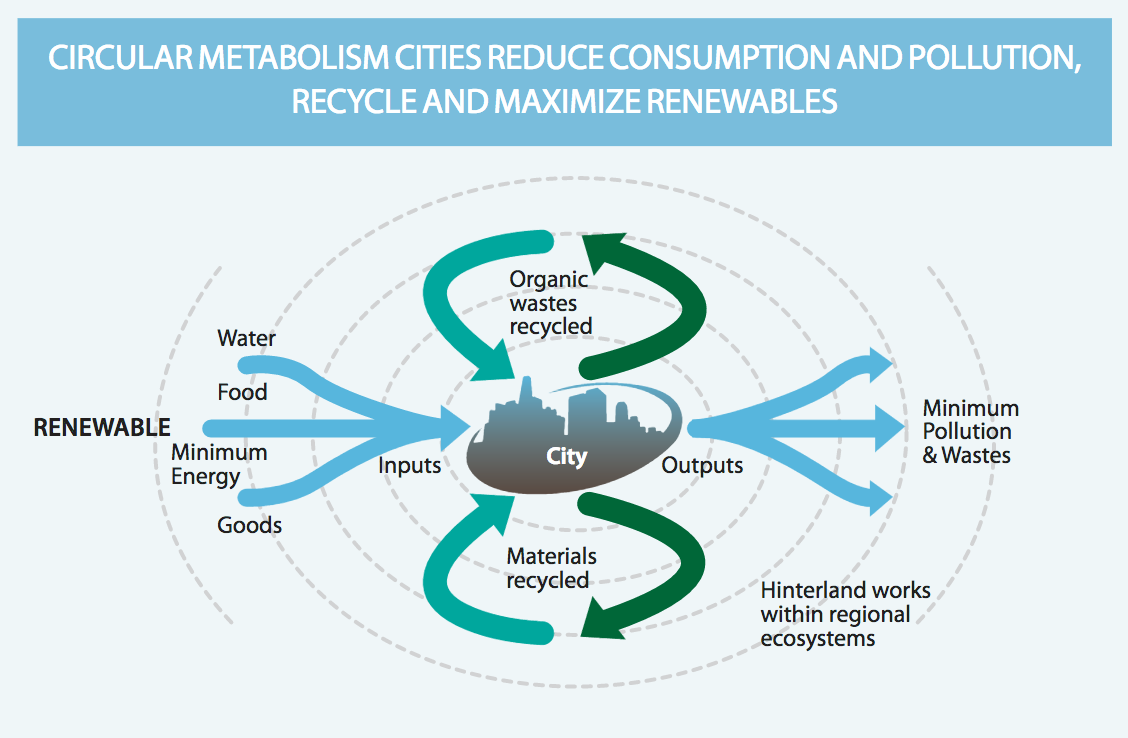 |
| Stockholm has managed to create a highly reliable bicycle system and bicycles have become part of everyday city life. |
Attractive, green urban communities located at public transit nodes can be designed anywhere in the world that combines office, residential and retail use. These mixed-use developments match density to transit capacity, rewarding city-dwellers with less expensive and more environmentally-friendly options while improving their quality of life. Experience has shown that merely providing density adjacent to public transit nodes isn’t enough--Effective policy changes such as, mandating reduced maximum car parking for homes rather than a minimum (which is unfortunately still the case in most cities in emerging markets) will also be needed to avoid perverse impacts.
Urban communities could largely power themselves and It’s possible for adoption to happen virtually overnight. More than a million gleaming solar hot water collectors now decorate the residential rooftops of Rizhao, a city of nearly three million inhabitants located in China’s Shandong province. More than 99 percent of Rizhao households power their hot water and space heating from this renewable energy source. Rizhao has cut its per capita carbon emissions by half compared to a decade ago, and its energy use by one-third.
 |
| Vauban Solar Settlement and business park in Freiberg Germany creates more energy than they consume and earn 6,000 euros per year for their residents. |
 |
| Delhi Metro has eased some of the traffic but the city is yet to fully adjust urban planning to maximise the benefits |
Most cars in cities sit idle 90 percent of the time or more, hogging space and providing little value. Urban planners can reduce parking spaces, introduce such disincentives as electronic road pricing, and place a quota on car purchases that aren’t electric. This enables alternative bike, scooter and car-sharing programs to sprout, providing a competitive array of accessible options to dart around a city. For example, the motorcycle-sharing service GO-JEK has become a crucial workaround in traffic-clogged Jakarta. Autonomous cars should be approached cautiously, as they may result in greater emissions.
Most of our cities that we presently inhabit today have grown organically and naturally to meet market demands. This has been a linear process and indeed most of the engineering systems that serve us are simple linear processes. Input-process-output and waste. Rarely is there any real crossover of these systems or sharing of resources. For example, rarely is the city’s power plant placed near the sewage plant despite the fact that as a by-product of sewage processing methane is produced which could be used directly to generate power and heat (where needed) for the community.
An alternative model that has been put forward by people such as Herbert Giradet is that we should view our cities more as holistic metabolic processes which are integrated and linked, sharing wastes and resource to maximise efficiencies and minimise waste production (and costs).
This will require a new multiprong holistic approach to the development of the city. Are our city leaders and urban planners ready?

